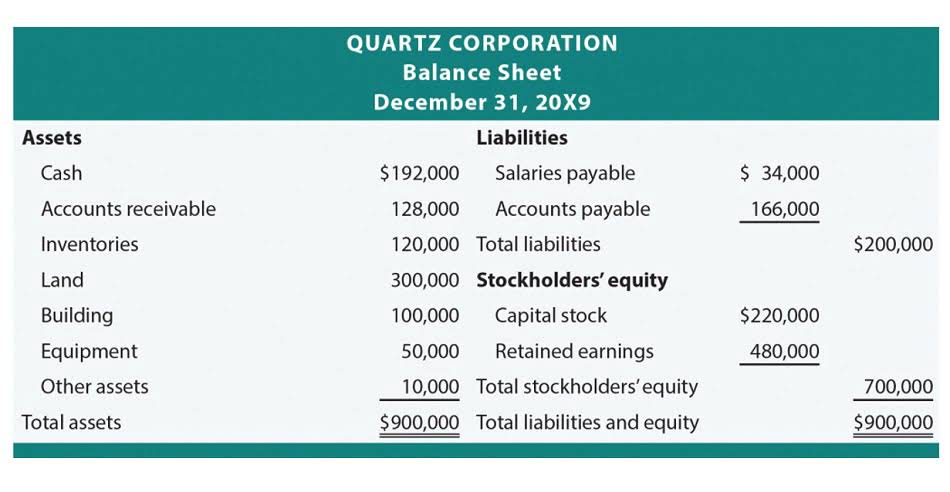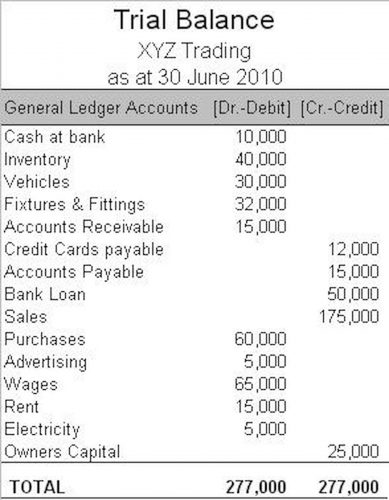
Businesses that use the cash accounting method could eliminate virtually all manual transactions by having their software automatically import bank transactions. For example, instead of manually entering expense receipts, look into an expense tracking app that automatically updates your accounting software Outsource Invoicing with expenses. Additionally, you may want to reconcile bank statements with accounting records every month. If the error is due to transposition, the number will divide evenly by 9.
- Improving these aspects can result in more accurate and reliable transcriptions.
- Ditto only hires US-based transcriptionists to provide the highest quality and accuracy.
- Another challenge is muffled voice, which occurs when participants are far from the microphone, use low-quality devices, or have poor connections in video calls.
- Understanding transcription errors is the first step toward ensuring accuracy in your analysis.
- If a company fails to catch and correct transposition errors, the incorrect value of assets may be perpetuated to outside agencies and individuals, such as corporate shareholders and the Internal Revenue Service.
Human transcription errors vs. machine transcription errors

Addressing these missing contextual details is essential for ensuring accurate analysis and making informed decisions. By recognizing and mitigating transcription errors, organizations can better harness customer insights and stay competitive in bookkeeping an increasingly data-driven landscape. AI tools have transformed transcription processes, but their limitations can lead to significant inaccuracies.
The Importance of Continuous Improvement
Real-time transcription services have transformed how we capture conversations, making accurate analysis easier. This tool allows users to transcribe audio live, ensuring that every spoken word is documented precisely. As we explore what is a transposition error the transcription errors impact, it’s essential to recognize how real-time services minimize inaccuracies that often stem from delays and misinterpretations in traditional transcription methods. Identifying key transcription errors impacts the reliability of your analysis significantly. Understanding the nature of these errors can help you take proactive steps to mitigate them. Transcription errors can arise from both human mistakes and technological limitations.
Demographic and practice details of the panelists
Obvious errors in transcription are often corrected by pharmacists without hesitation and with minimal documentation during order verification. This may be especially true when those responsible for transcription (ward-clerks, unit secretaries, etc) have minimal medical training. Transcription and transposition errors are found everywhere, even in professional articles in newspapers or books. They can be missed by editors quite easily, just as they can be created quite easily. The most obvious cure for the errors is for the user to watch the screen when they type, and to proofread. If the entry is occurring in data capture forms, databases or subscription forms, the designer of the forms or the database administrator should use input masks or validation rules.
We hypothesize that the significantly higher detection rate is due to a quicker and easier means for pharmacists to “report” the transcription errors. Previously, the institution actively tracked medication errors via an internally developed formal, comprehensive, anonymous, Web-based, error-reporting form. Institution policy encouraged the reporting of all medication errors, including near misses. In the 3 months preceding data collection for the current study, a total of 294 events were reported through this pathway. Of these 294 events, 68 stemmed from the transcription node and 24 of which could be classified as near misses.

Raw data can be obtained from the corresponding author on reasonable request. A total of 4 scenarios (5.3%) remained equivocal that were judged to be considered as MTE situations or not depending on the individual clinical situation which might necessitate an evaluation on case by case basis. Analysis of the scores obtained in the second Delphi round showed that consensus was achieved to exclude 3 scenarios (3.9%) from the list of MTEs. First, the RNA polymerase of higher organisms is a more complicated enzyme than the relatively simple five-subunit enzyme of prokaryotes. In addition, there are many more accessory factors that help to control the efficiency of the individual promoters. These accessory proteins are called transcription factors and typically respond to signals from within the cell that indicate whether transcription is required.

Transcribing medication orders is when someone transfers a physician’s prescription order to a medication administration record, or MAR. With medication transcriptions, the transcriber must follow certain rules to ensure accuracy and compliance. To test AIQDA’s transcription quality, several audiobooks and their respective texts were used to transcribe and have a point of comparison.
How Ditto’s Transcription Minimizes Errors

For instance, human transcribers may miss key details or misinterpret sounds, while machine algorithms can struggle with audio quality and accent variations. Such transcription errors impact the overall integrity of the analysis, producing misleading insights that could misguide decision-making. Transcription errors represent a specific category of data entry mistakes that happen when inputting data into electronic systems.
Biggest Transcription Mistakes and Ways to Avoid Them
It is not just about accuracy but also about delivering a refined, polished transcript that meets the client’s standards. Accurate transcription relies on a well-rounded approach that integrates expert knowledge, meticulous attention to detail, and advanced technology. These techniques provide a solid foundation for delivering precise transcripts across different industries. It is important to proofread every transcript carefully after you are done transcribing it.

Prescribing a Medication
The results after several books and stories in Portuguese showed an average WER of 4.85%, that is, a 95.15% accuracy. This can be done through continuous training with new data, adjusting the models to better meet the specific needs of each application. Technical terms, jargon specific to an area, and proper names can be challenging for transcription models.